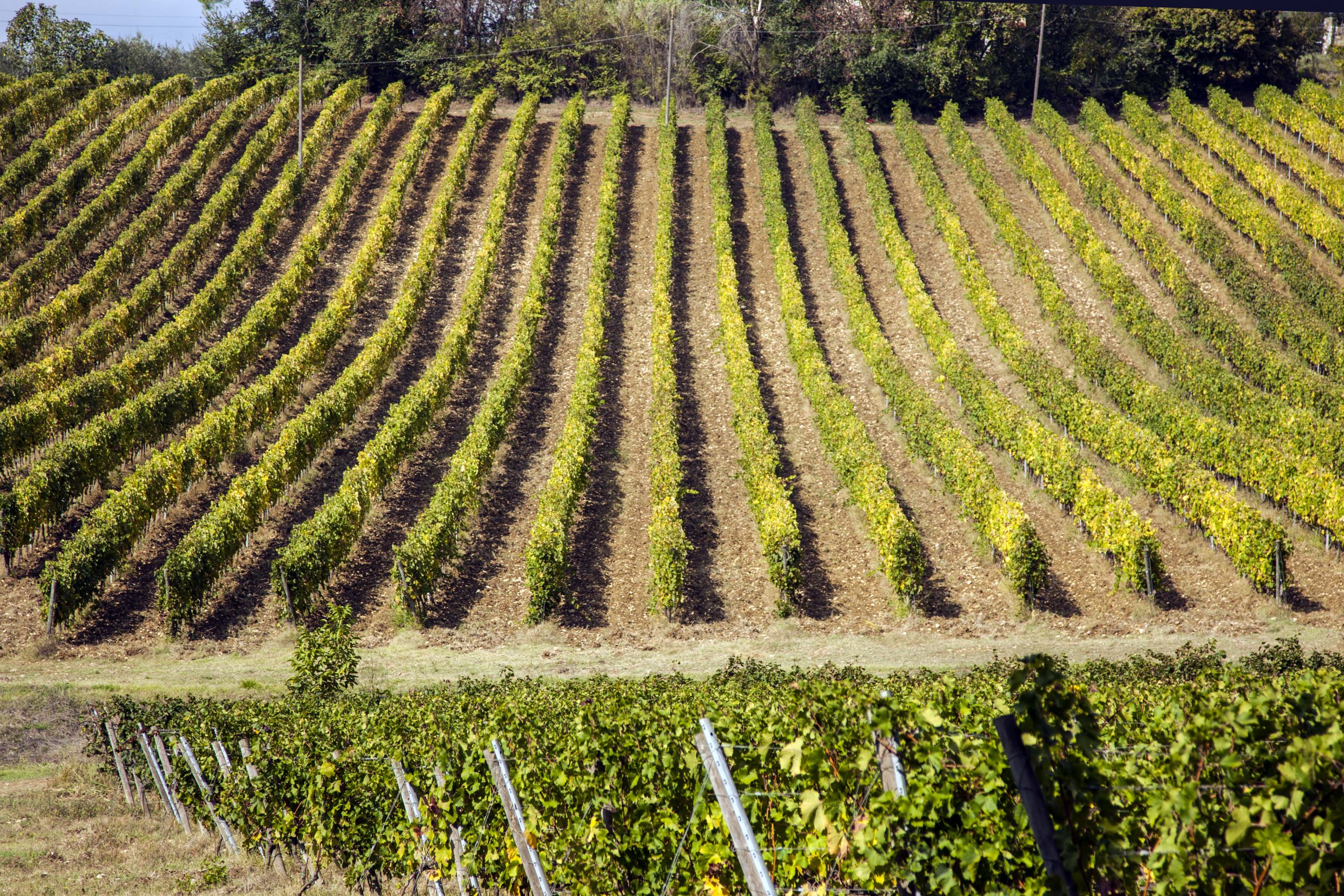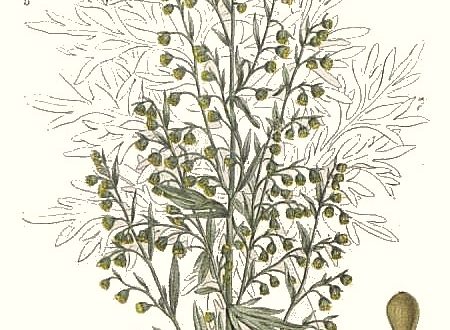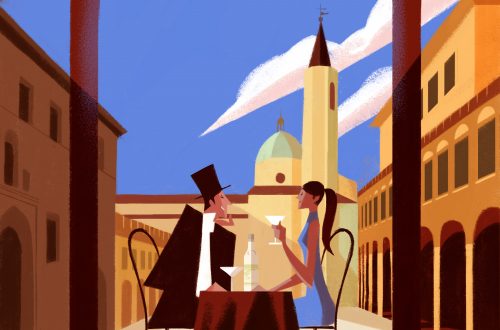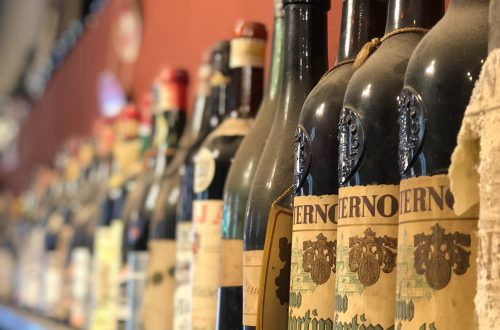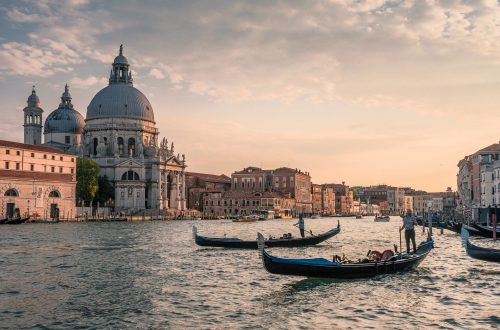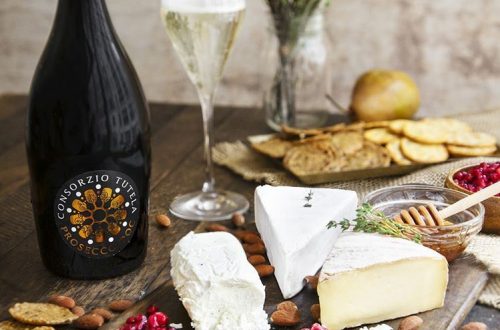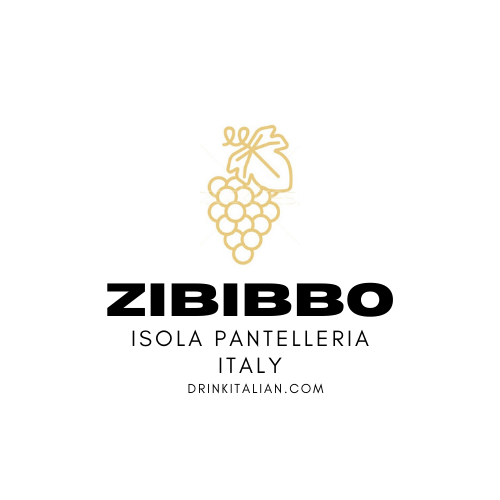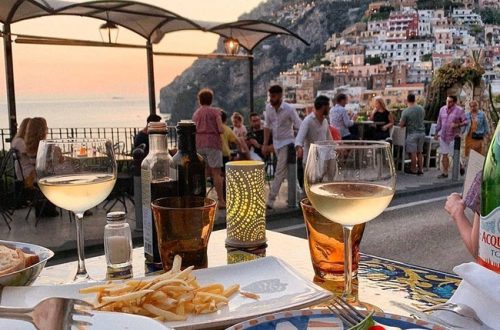WINE
Learn about Italian Wines!
This page is an essential guide to Italian Wines and collects all the articles about wines, appellations, and grape varieties. Italian Wines are classified into 526 Denominations, spread in 20 regions: 75 DOCGs, 333 DOCs, and 118 IGPs. Everybody has heard of Barolo, Brunello, Chianti, and Amarone. If you are an intermediate taster, you may know about Cortese, Vermentino, Aglianico, maybe Orvieto, and Verdicchio.
But who knows about Vitoska, Vespolina, Biancolella, and Tintilia? You will, if you want, by reading this guide.
Facts and figures
-- The Italian wine scene is composed of about 310,000 farms, an average of 2 hectares cultivated per farm, and just over 45,000 wine-making companies -- AGEA (Agency for Agriculture Subsidy) data: in 2015, 76% of the wineries produced less than 100 hectoliters of wine per year, 17% between 101 and 1,000 hectoliters, 5% between 1,001 and 10,000 hectoliters, and 1% between 10,001 and 100,000 hectoliters -- This confirms the tendency towards fragmentation and the prevalence of small and medium-sized entities -- The vast majority comes from the larger companies: in 2015, 77.5% was produced by companies that vinified more than 10,001 hectoliters per year -- Three fundamental categories: Family-run wineries, widespread in the areas with the greatest winemaking traditions; Cooperatives, that cover 60% of wine production in Italy; Large estates and industries, historic Tuscan, Venetian, and Piedmontese wine families, grown considerably through acquisitions and mergersThe Essential Guide to Italian Wines
You will see the most recent articles on the top of the page. However, you can find the topic that you would like to learn about by:
--> using the search tool --> using the tags: they are by region, by type, and by grape variety-
Alta Langa DOCG
Alta Langa DOCG It is the new sparkling area of Piedmont, an appellation born officially in 2002. The wines are “metodo classico” ( with the second fermentation in bottle) and use International varieties: Pinot Nero and Chardonnay. No still wines are allowed in this area. We are working on this Alta Langa DOCG appellation description.Please come back soon.Send us an e-mail if you are looking for more info atcheers@drinkitalian.com In the meantime, if you are in the mood for a good book, you can try:– The Modern History of Italian Wine by Walter Filipputti– Hidden Gems of Italy: An Insider’s Secret Formula To Find Top-Class Italian Wines At Value Prices And Taste La…
-
Albugnano DOC
Albugnano DOC is Probably the closest wine area to Torino, the capital of the region. It features red and rose’ wines made with Nebbiolo (min 85%) blending with Freisa and/or Barbera and/or Bonarda (max 15%) We are working on this Albugnano DOC appellation description.Please come back soon.Send us an e-mail if you are looking for more info atcheers@drinkitalian.com In the meantime, if you are in the mood for a good book, you can try:– The Modern History of Italian Wine by Walter Filipputti– Hidden Gems of Italy: An Insider’s Secret Formula To Find Top-Class Italian Wines At Value Prices And Taste La Dolce Vita by Tony Margiotta Additionally, you can discover the other wines from Piedmont.
-
Alba DOC
Alba DOC is an appellation in Piedmont that includes only red wines from Nebbiolo (min 70%) and Barbera. Alba is also the name of the commune. We are working on this Alba DOC appellation description. Please come back soon.Send us an e-mail if you are looking for more info at cheers@drinkitalian.com In the meantime, if you are in the mood for a good book, you can try:– The Modern History of Italian Wine by Walter Filipputti– Hidden Gems of Italy: An Insider’s Secret Formula To Find Top-Class Italian Wines At Value Prices And Taste La Dolce Vita by Tony Margiotta Additionally, you can discover the other wines from Piedmont.
